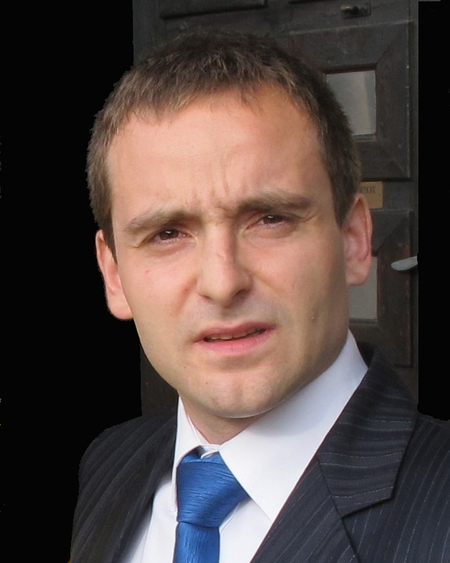The article has just been published in the prestigious Nature Medicine journal.
Scientists from 13 research centres in the USA, led by the Ohio State University, for the first time tried using high-dimensional flow cytometry in samples from people with lung cancer a few years ago. At that time, this solution had been used in the diagnosis of people with leukemia and the lymphatic system cancers. Initially, the obtained data did not show much, so the Americans turned to Dr Michał Seweryn, who had worked in one of the American research centres a few years earlier. The scientist, currently working at the Biobank Laboratory of the University of Lodz, Dr Michał Seweryn for the next two years has been developing new methods for analysing and looking for significant inter-relationships between the data.

Dr Michał Seweryn from the Biobank Laboratory of the University of Lodz.
We have finally managed to extract a model composed of several types of cells that can effectively "predict" (in the case of over 70%) which patients should receive immunological treatment before the surgery. Thanks to this, the amount of cancer cells in the excised tumours was on average 20% lower than a few weeks earlier. And this, in turn, gives a much better chance for a complete recovery of patients – explains the scientist from the University of Lodz
– explains Dr Michał Seweryn.
The numerical characteristic which is compared in the abovementioned study is referred to by the Americans as Major Pathological Response. To put it simply, it is the reaction of the tumour itself to the therapy preceding the surgery. Initially, it seemed that in such a case, combinations of cells which are fighting specific tumour antigens would be effective. Nevertheless, NK and NKT cells, which are more "universal" in their action, turned out to play the key role in the therapy. The most difficult thing about selecting them, however, is that the cells do not work alone, there are a lot of interdependencies between them and it is extremely complicated to determine which cell groups ensure the best effect.
There are numerous research methods in this branch of medicine. Developing the most effective methods for a specific type of cancer constitutes a problem. Importantly, in the case of these studies, we have managed to develop several new solutions for other types of cancer, which bodes well for the future for other patients
– says the University of Lodz scientist.
The method still needs to be verified on a much larger group of patients, at least several thousand people. So far, of 181 patients who underwent treatment using this method, 94% survived the first year, 85% 2 years, and 80% 3 years after the surgery. Five years without symptoms is considered a complete cancer remission.
Source: Dr Michał Seweryn, Biobank Laboratory, University of Lodz
Redakcja: Communications and PR Centre, University of Lodz
